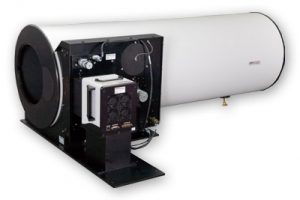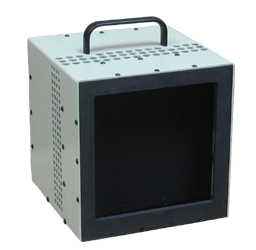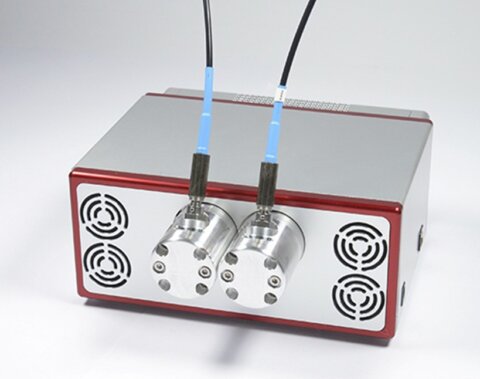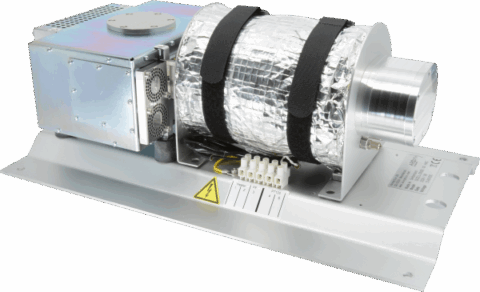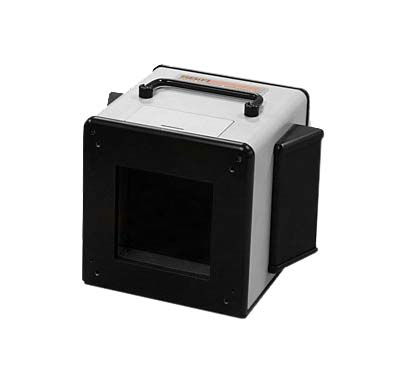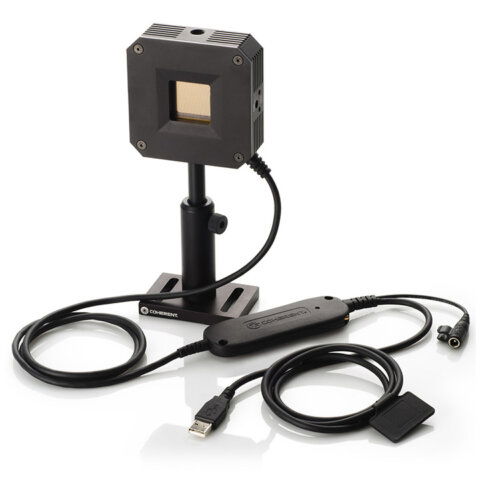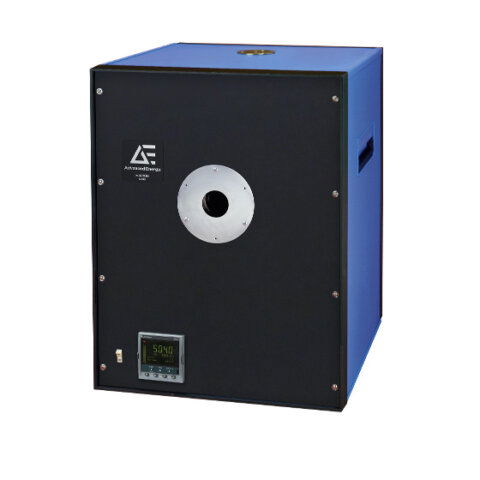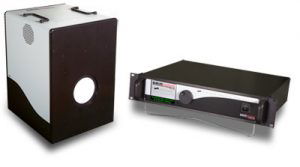FTIR / NIR spectrometer
- Technology
- Spectrometers
- Partner
- ARCoptix
Arcoptix designs and manufactures FTIR-based NIR spectrometers covering 900–2600 nm. For the extended 350–2600 nm range, we offer versions with a combined VIS detector. We also provide MIR and IR spectrometers, TE- or LN₂-cooled, with ranges up to 16 µm and optional 0.5 cm⁻¹ resolution. New in the lineup: our FT-NIR-MIR models. With an integrated MCT detector, they span 900–6000 nm—ideal for seamless analysis from the near to the mid-infrared. Whether for lab, process, or field use, an NIR spectrometer from this range integrates easily.
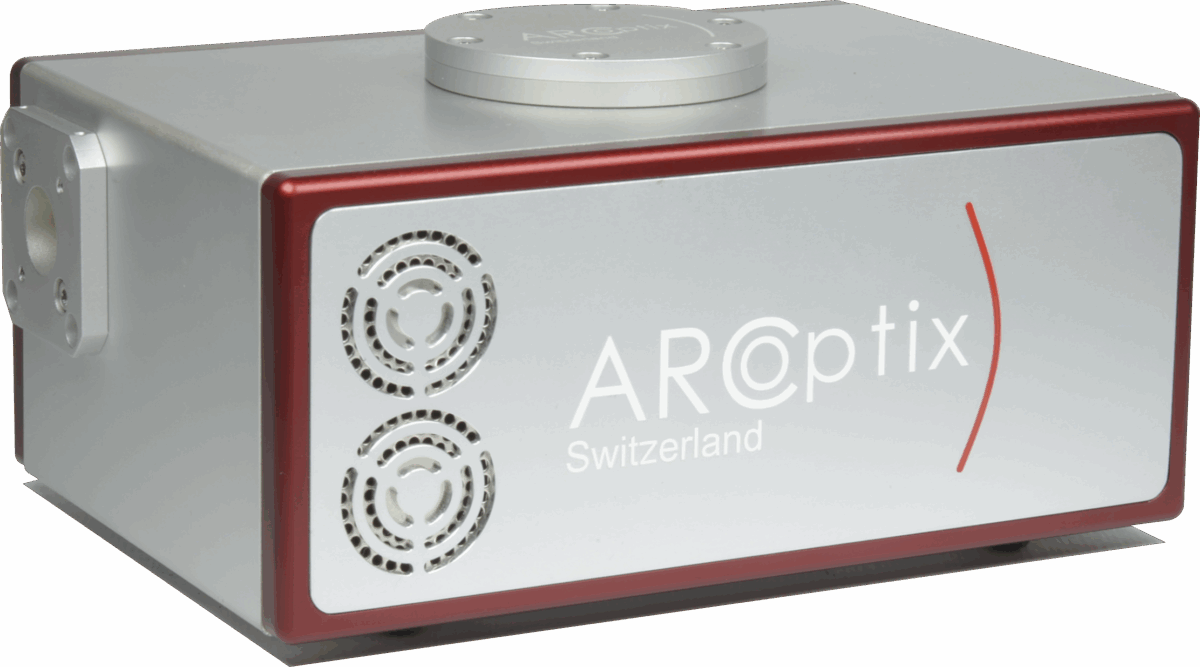
Function
Our FTIR and NIR spectrometers combine a compact design with high performance and reliability. A permanently aligned interferometer and a solid-state reference laser ensure long-term stability on both the wavelength and intensity scales.
A good example is the FT-NIR Rocket. As an NIR spectrometer, it offers a wide spectral range, high sensitivity, and excellent resolution—well beyond what classic grating spectrometers (typically up to 1700 nm or 2100 nm) cover. Using a single photodiode avoids the typical drawbacks of array detectors, such as dead pixels, pixel-to-pixel gain variations, dark-current drift, or stray light. The result is highly reproducible data for robust chemometric analyses.
The system is designed for flexible integration: it works seamlessly with common light sources and sampling accessories such as optical fibers or cuvette holders. Thanks to the removable fiber coupler, it suits both fiber-coupled and free-space setups—switching between them is straightforward. For users who want to integrate an NIR spectrometer into existing workstations, this modularity is especially helpful.
With optional accessories—from sample holders and fibers to reflection probes and integrating spheres—virtually all measurement geometries (absorption, transmission, reflection) are possible, keeping experimental setups highly adaptable.
New in the portfolio are FT-NIR-MIR spectrometers. An integrated, highly sensitive MCT detector and a dichroic mirror extend the range to 900–6000 nm, enabling continuous measurements from the near- to the mid-infrared. An optional 2 cm⁻¹ spectral resolution is available.
In short: precise, stable, and flexible—from lab setups to chemometric routine use.
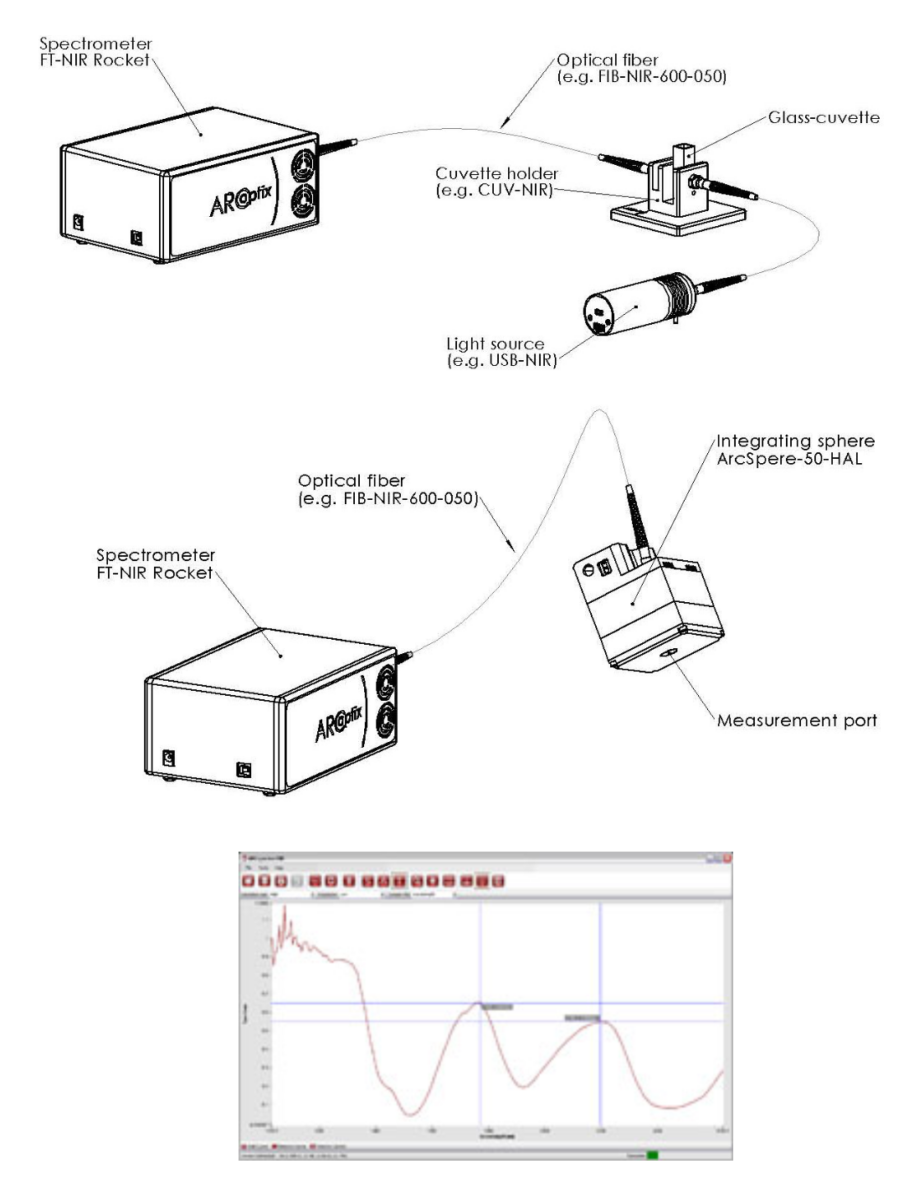
Range features
A high level overview of what this range offers
- Broad spectral range: 900 – 2600 nm (standard), up to 6000 nm with FT NIR MIR option
- High resolution: 2 cm⁻¹ (equivalent to <0.25 nm @ 1 µm and <1.25 nm @ 2.5 µm)
- Excellent stability: in intensity and wavelength, no dark-current-induced drift
- Internal reference laser: optional temperature-stabilised laser available
- High sensitivity: available with TE-cooled InGaAs detector; FT NIR MIR systems additionally with MCT detector
- Cost-effective: single NIR photodiode, avoiding issues with defective pixels or gain variations
- Flexible integration: removable fiber coupler for free-space or fiber-coupled configurations
- Comprehensive accessories: light sources, integrating spheres, cuvette holders, reflection probes, and optical fibres for absorption, transmission, and reflection measurements
- Software and API included
FAQs
for FTIR / NIR spectrometer
An NIR spectrometer shines in fast, non-destructive material testing—such as identification, content determination, and quality control. With the FT-NIR Rocket you also gain stability and repeatability: a permanently aligned interferometer and solid-state reference laser keep both wavelength and intensity scales stable. Accessories like reflection probes, fibres, or cuvette holders make switching between sampling geometries straightforward.
An FT-based NIR spectrometer records an interferogram and computes the spectrum via a Fourier transform—delivering high resolution and excellent sensitivity. Because all wavelengths interfere simultaneously, measurements are robust against drift and produce reliable spectra. For chemometric models, that means better signal quality and repeatability.
Depending on configuration, the NIR spectrometer typically operates from 900–2500 nm (0.9–2.5 µm). In the FT-NIR-MIR variant with an integrated MCT detector, the range extends to 6000 nm, enabling seamless measurements from the near- to the mid-infrared. That captures more molecular bands and supports more robust models.
An NIR spectrometer with a permanently aligned interferometer and a temperature-controlled reference laser minimises drift in both wavenumber and intensity. Spectra remain comparable over hours to weeks—ideal for routine work and long-term trends—reducing recalibration effort and saving time in operation.
Thanks to a fibre-optic interface (e.g., SMA 905) and a removable fibre coupler, an NIR spectrometer can be switched quickly from fibre-coupled to free-space setups. This simplifies moving between transmission (cuvettes), reflection (probe, integrating sphere) and diffuse measurements. Changeover times drop and feasibility studies become easier.
Typical settings are 8/4/2 cm⁻¹; the higher the resolution, the better overlapping bands can be separated. For screening, throughput often matters most—so a lower resolution with faster scans can suffice. For precise quantification, the higher resolution of an NIR spectrometer pays off.
A thermoelectrically cooled InGaAs detector is common; for extended ranges an MCT detector can be added. An NIR spectrometer with a single photodiode avoids typical array artefacts (dead pixels, pixel-to-pixel gain variation, dark-current drift), improving reproducibility—particularly valuable for stable calibrations.
Under practical conditions, very high SNRs are achievable, keeping weak bands measurable. Low-wear mechanics and a reference-laser-guided wavenumber scale maintain data quality over long periods. An NIR spectrometer is therefore an excellent fit for routine QC and inline monitoring.
Via USB, an NIR spectrometer is quickly connected; the instrument software covers acquisition, background, evaluation, and export. For integration, API/DLL interfaces are available so automation scripts and process software can access it directly—accelerating validation and the transition into production.
Food, polymers, pharma, geology, and med-tech—wherever OH, CH, NH, and CO bands matter, an NIR spectrometer delivers rapid, non-destructive results. If NIR alone is not enough, the FT-NIR-MIR configuration opens access to additional vibrational modes, making models more robust and analyses more comprehensive.
You can obtain an NIR spectrometer directly from Acal BFi—with consulting, accessory selection, and integration support included. As an authorised ARCoptix partner, we provide quotations, configuration, demo options, and after-sales service from a single source—so you move quickly from trials to a production-ready solution.
An FT-based NIR spectrometer uses a Michelson interferometer: light is split, reflected by a fixed and a moving mirror, then recombined; the resulting interferogram is converted to a spectrum via a Fourier transform. A solid-state reference laser stabilises the wavenumber scale, while a single photodiode avoids array artefacts. The outcome is precise, drift-resistant measurements for robust chemometrics.
